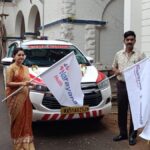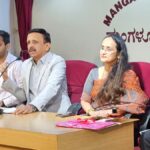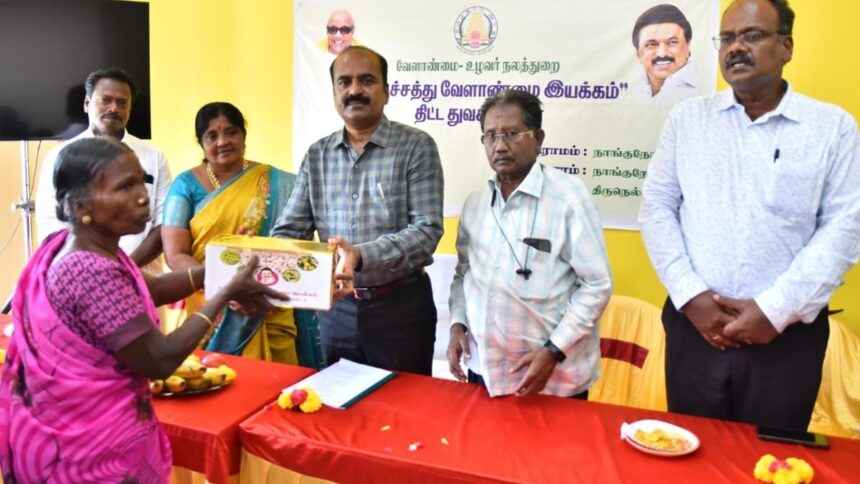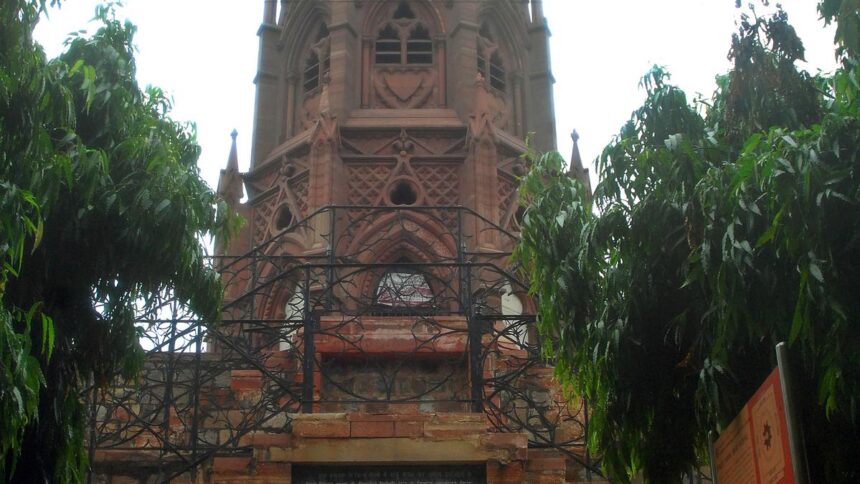On the occasion of the 79th year of India’s independence, here is a look at how the freedom movement swept through Thiruvananthapuram, then a part of Travancore and the monuments built in memory of freedom fighters as a reminder of their sacrifice. These are living stories of courage and resilience.
“The fight was spearheaded by Travancore State Congress formed in February 1938 to work towards responsible governance. The Congress was up against not just the British but also the then Dewan, CP Ramaswamy Iyer, who resorted to brutal measures to crush the agitations,” says historian Malayinkil Gopalakrishnan.
Remembering the bloodshed
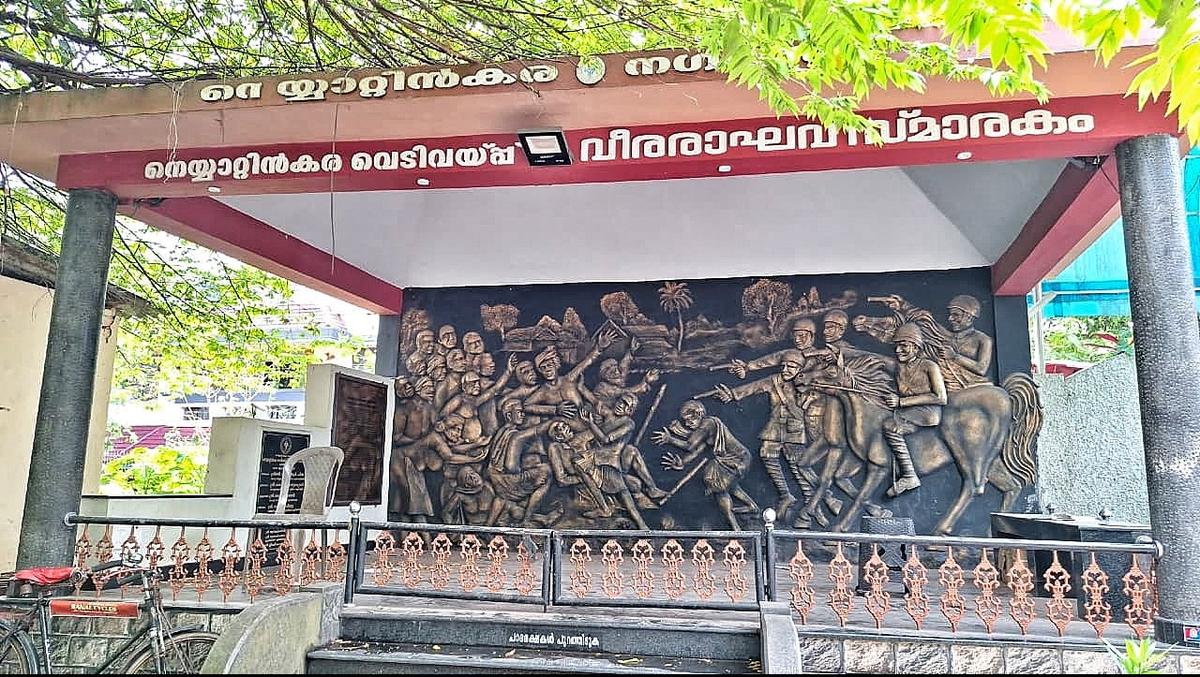
Veeraraghava Smarakam at Neyyattinkara in memory of the firing on August 31, 1938
| Photo Credit:
VJ Abey
Neyyattinkara witnessed the death of eight people, including a homemaker, when the British army opened fire on a march protesting the arrest of several Congress leaders, including the then Congress head, NK Padmanabhan Pillai on August 31, 1938. Leaders who were killed were Athazhamangalam Raghavan (Veeraraghavan), Kalluvila Podiyan, Nadoorkolla Kuttan Pillai, Varuvilakom Muthan Pilla, Maruthur Vasudevan, Kanchampazhinji Kuttappan Nair, and Varuvilakom Padmanabhan Pillai, besides a woman, Kali. In 2020 a memorial was unveiled at Athazhamangalam, the native place of Veeraraghavan. Funded by the Municipal Corporation, it is a relief sculpture depicting the police firing. It has been made by an artists’ collective Neyyar Varamozhi.
The town is also home to Madhava Mandiram, the house where Mahatma Gandhi stayed on January 1, 1937, on his way to Kanyakumari. Located at Ooruttukala, it is now a museum. The cot Gandhiji used, a charkha and brass urn that contained his ashes are kept here.
Historic venue
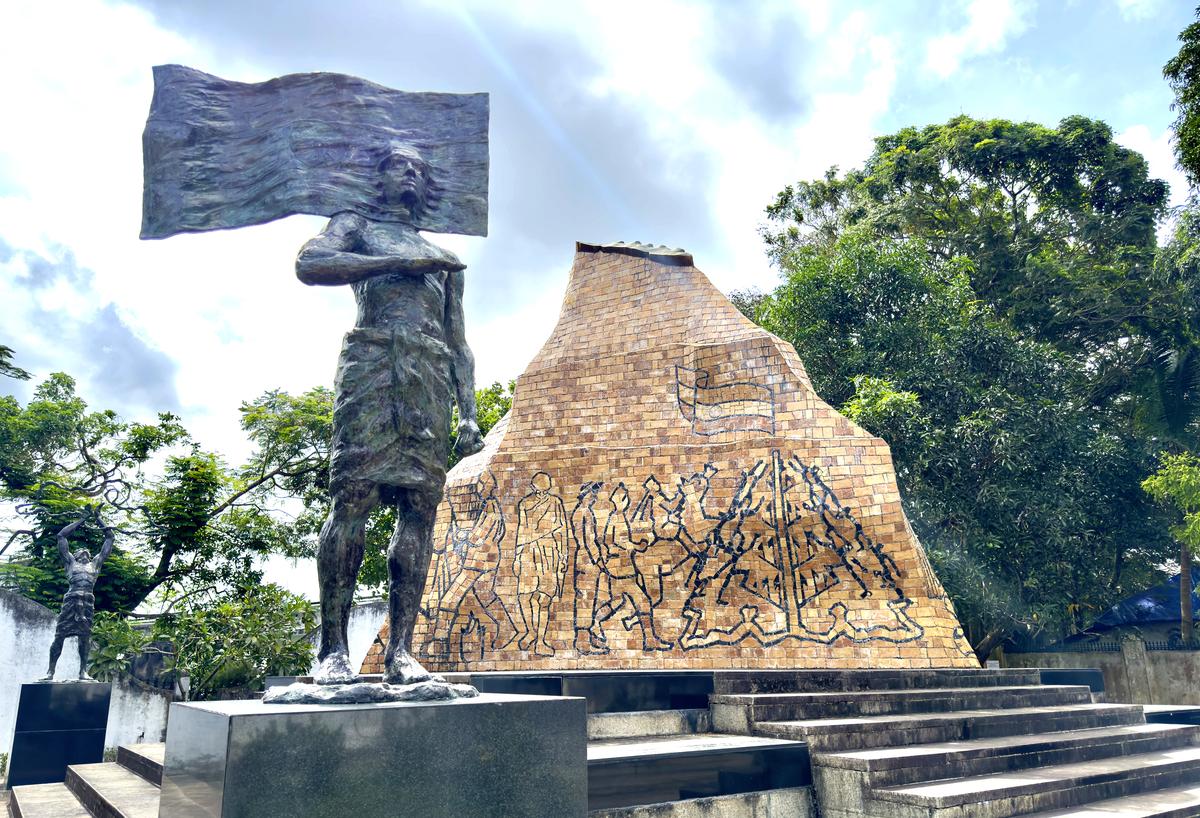
Freedom memorial at Vattiyoorkavu in Thiruvananthapuram
| Photo Credit:
ARUN KUMAR VN
At Vattiyoorkkavu stands the memorial remembering the first conference of the Travancore State Congress held on December 22, 1938. In spite of a ban on public meetings by the Dewan, hundreds marched to the venue to listen to their leaders. Designed by Rajasthan-based Malayali artist Thomas John Kovoor, it is a mountain-shaped structure standing on 25 cents. “The structure has three layers, representing the states of Travancore, Kochi and Malabar, with the map of Kerala on top of it. Special bricks made from the sand collected from regions where major struggles for freedom took place were used to construct it,” says a former official with the Department of Archives, which manages the memorial. Drawings of landmark agitations are done on the structure.
Four bronze figures are installed around it. “Metaphorically they stand for freedom, nationality, fraternity and women’s role in the fight for independence,” he adds. Plans for a mural around the memorial hit a roadblock due to paucity of funds. However, the landscaped space around the memorial is now place for people to unwind.
Rising up in arms
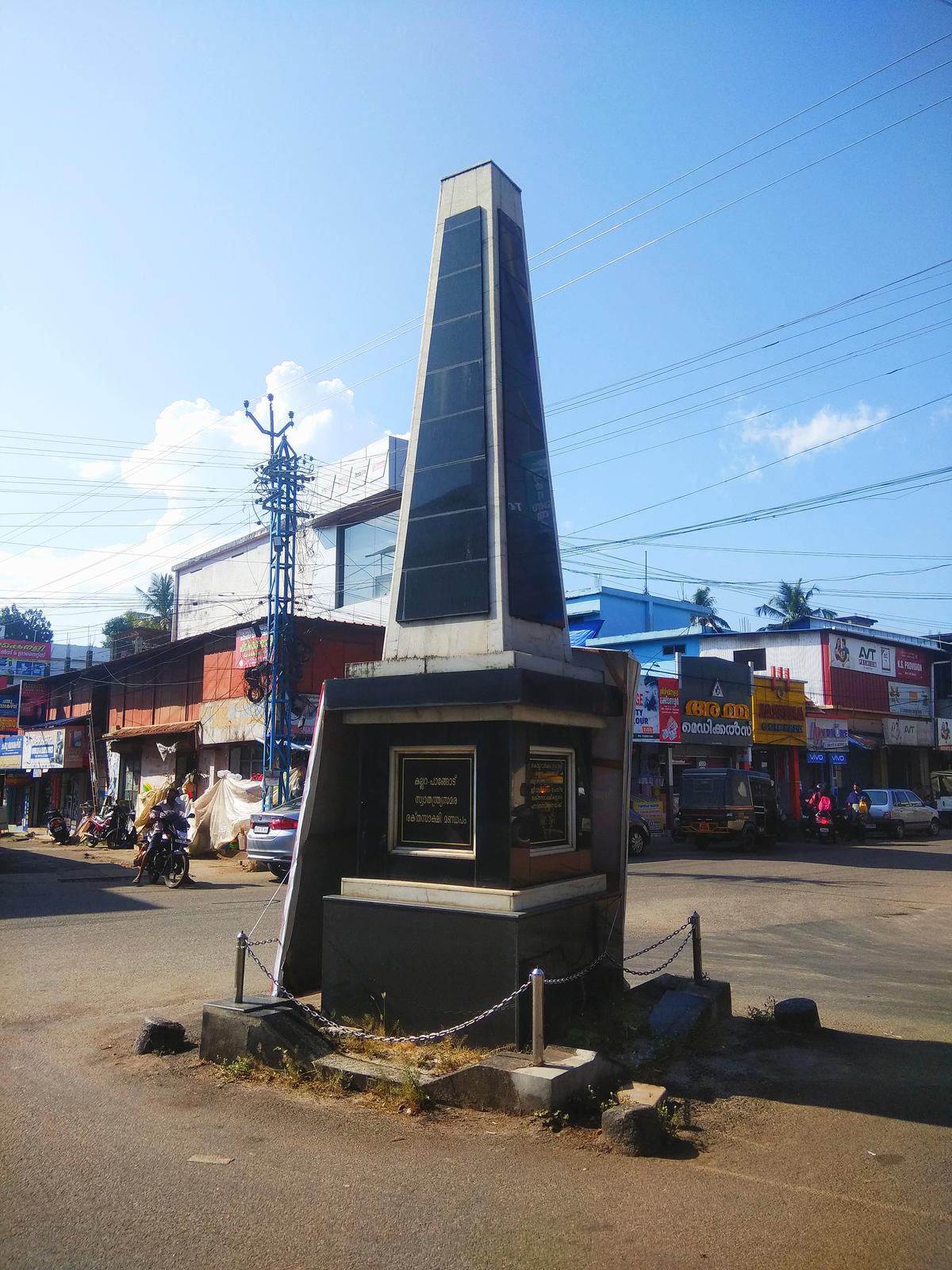
Kallara Pangode martyrs’ memorial in Thiruvananthapuram
| Photo Credit:
SPECIAL ARRANGEMENT
In September, 1938, Kallara and Pangode villages, around 45 kilometres from Thiruvananthapuram, witnessed protests that have made it to the list of 39 agitations listed by the Government of India as the movements that paved the way for India’s independence. A police outpost preserved as a heritage structure at Pangode and the martyrs’ memorial at Kallara look back at the outbreak of strong protests by farmers over exorbitant taxes levied by the authorities on spices and other commodities. They had the support of those protesting the Dewan’s rule, which eventually led to tumultuous scenes at Kallara market. When Kochappi Pillai, one of the leaders, was arrested and tortured at the Pangode Police Outpost, people confronted the police with arms and ammunition and blocked the route to Thiruvananthapuram. Even though he was released the next day, a mob lynched a policeman on the same day. They marched to the outpost and started firing. In the crossfire that followed, two protestors, Plankeezhil Krishna Pillai and Cheruvalam Kochu Narayanan Achary, were killed. The incident came close on the heels of the riots in nearby Kadakkal over illegal toll collection.
For the martyrs
Martyrs Column at Palayam is a significant landmark. It was built by the first elected government of Kerala led by Chief Minister EMS Namboothiripad in memory of those who laid down their lives in India’s first war of independence in 1857. The structure is said to be designed by Prof JC Alexander, who designed several other prominent buildings in Thiruvananthapuram, and was unveiled by President Dr Rajendra Prasad on August 14, 1957.
‘Balikudeerangale’, the popular revolutionary song written by Vayalar and composed by Devarajan has a connection with the memorial. The spirited song that celebrated the revolutionaries was the opening song of the function held at VJT Hall (now Ayyankali Hall) in connection with the 100th anniversary of the revolt of 1857. It was originally written for a meeting of the AITUC but was later chosen to be played at the function.
On fire
Rajendra Maidan at Pettah is named after a boy who got shot when the army opened fire at a gathering on June 13, 1947. They were protesting against the Dewan’s decision that Travancore would become an independent state without joining the Indian Union. “While some say that he was killed in the firing along with two others, it is also heard that he sustained a head injury and succumbed to it a few years later,” Gopalakrishnan says.
Published – August 14, 2025 03:39 pm IST




